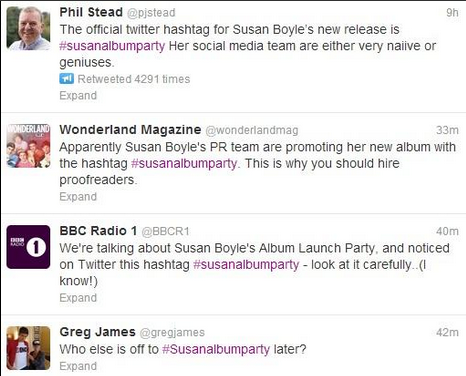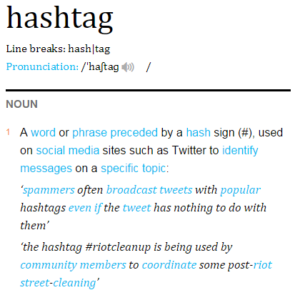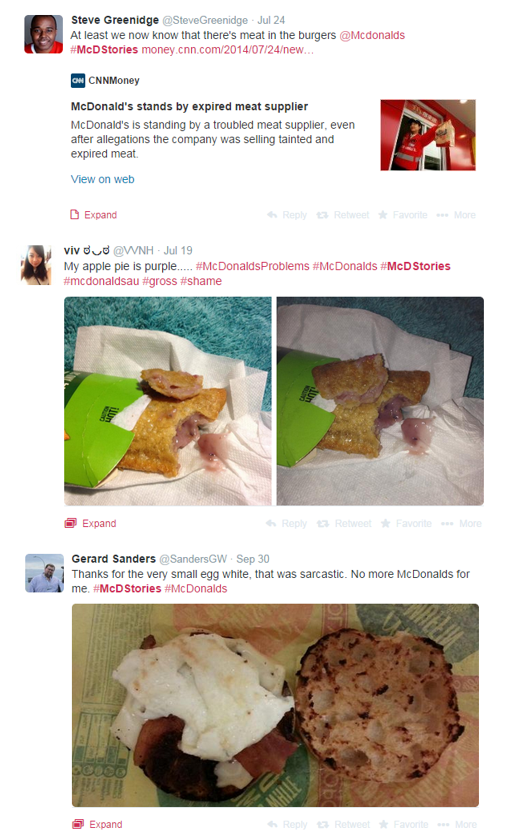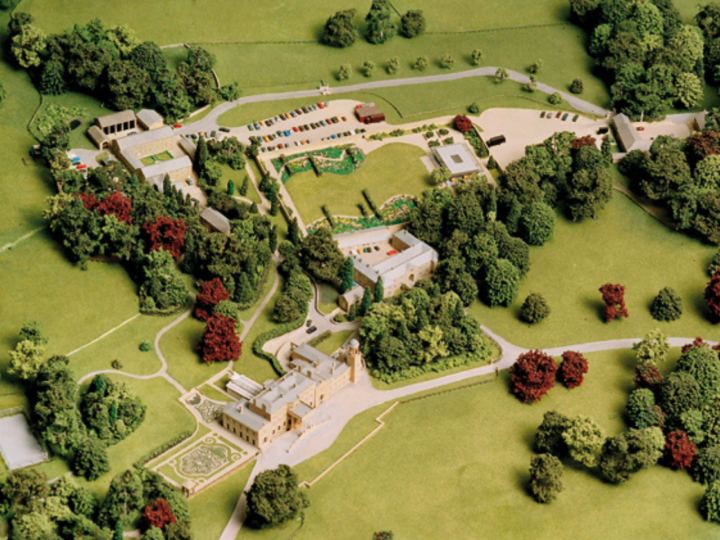It’s official – the hashtag is here to stay and not long after it earned its place in the Oxford English Dictionary, we are presented with its alter ego the bashtag! The hashtag itself has become a bit of a phenomenon, it can be used as successfully in humour as it can in an emergency, but once unleashed into the social media stratosphere can take on a life of its own, and this is where the bashtag comes into play.
Hashtag vs bashtag!
As social media and digital communications experts we have spent many a social media training session explaining the theory and benefits of using hashtags to join in conversations and get greater visibility for a product or service. A hashtag relating to your business does however require careful consideration as once it’s out there, it can take an unexpected turn into bashtag territory and at this point recovering is pretty much impossible. Here’s some examples of where a hashtag became a bashtag for these well-known brands:
In January 2012, Mcdonald’s launched #McDstories on Twitter in an effort to boost engagement with its fast food loving audience. What they didn’t foresee, was that the hashtag would actually be used to promote all of the negative aspects of the business, questioning its claims and posting undesirable pictures of its products. Not quite what the digital comms team had in mind at the onset of this campaign I’m sure.
Waitrose experienced a similar #FAIL when they launched #WaitroseReasons. Expecting customers to reply with reasons why they like to shop with Waitrose, the general public used the hashtag to tweet over the top and pretentious reasons, poking fun at the supermarket’s somewhat snobby reputation.
How to avoid the #Hashtag hijack
Joining in commonly used hashtags can be a great way of being part of a wider conversation at an industry conference or live music event for example but it can be difficult to gain traction for a made up hashtag in the way that big brands do. Whilst the above examples are quite rare and most of us don’t have 2.58 million followers on Twitter that McDonalds has, it’s still important to really think about how your hashtag will be seen and interpreted before you publish it online. For example, being unable to use spaces between words means that your logical phrase could be read and interpreted in an entirely different way to the one you had anticipated.
A well-known example of this is when Susan Boyle’s PR agency decided to promote her new album party with the hashtag #susanalbumparty, causing uproar on social media as people read it as an entirely different kind of party! Was is a PR stunt or a genuine mistake, we’ll probably never know but a good lesson in testing your hashtag with others before you unleash the tweet!
Thinking about how hashtags might work for your brand? We work with our clients to come up with creative social media campaigns that speak to and engage their audiences.






